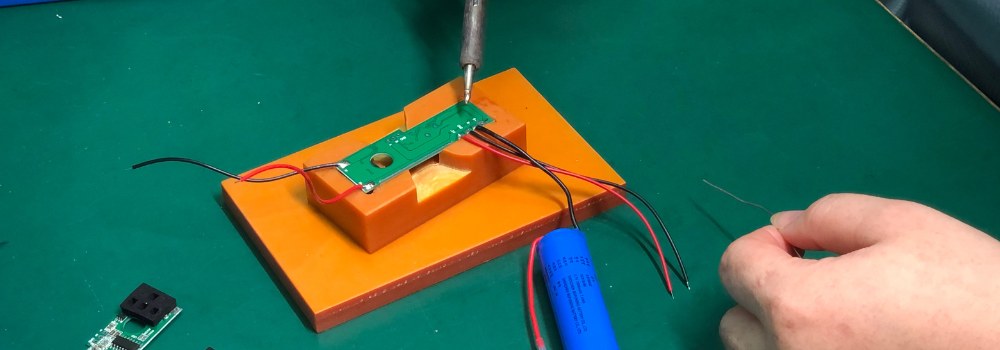
Why Your Water Flosser Might Turn On By Itself
Water flossers have become an essential tool for many in their oral hygiene routine, offering a convenient and effective way to clean between teeth. But like any electronic device, they can sometimes act unpredictably. One of the common concerns among users is the device turning on by itself. While accidental button presses during transport or storage might be a cause, the primary reason often lies in the device's internal components, specifically the Printed Circuit Board Assembly (PCBA).
The Delicate Balance: PCBA and Water Exposure
The heart of any electronic device, including water flossers, is its PCBA. This intricate assembly dictates how the device functions. However, it's also susceptible to damage from external elements, especially water and water vapor.
Brands like Flosmore ensure rigorous testing of their water flossers before they hit the market, emphasizing the device's durability and reliability. Yet, no device is entirely immune to wear and tear or manufacturing anomalies.
Water and Vapor Leaks: Silent Saboteurs
Over time, even with the most diligent care, the water-proof seals of a water flosser can wear out. When this happens, there's a potential for water or water vapor to seep into the device. Though the chances are low, this infiltration can have detrimental effects on the PCBA.
When water or water vapor comes into contact with the PCBA, it can cause short circuits or corrode the electronic components. This malfunction can manifest in various ways, including the device turning on unexpectedly. What's more concerning is that this damage may not be immediately apparent. The PCBA might continue to function normally for a while, but over time, the accumulated damage can lead to erratic behavior or total failure.
Some brands utilize 'Three Proofings' painting on the PCBA surface to protect against water damage. This protective layer ensures most of the board remains shielded. However, certain areas cannot be covered without disrupting the electronics' smooth flow. These exposed regions become potential weak points where water or vapor can do their damage.

What Can You Do?
Regular Maintenance: Ensure you clean and dry your water flosser thoroughly after each use. This can help reduce the chances of water residue leading to vapor leaks inside the device.
Storage: Store your device in a cool, dry place. Avoid leaving it in damp environments like a wet bathroom.
Warranty and Replacement: If your device starts behaving erratically, especially if it's turning on by itself, reach out to the manufacturer or seller. Most brands offer warranties that cover such malfunctions. For instance, if you encounter such issues with a Flosmore product, it's advisable to ask for a replacement if it's still under warranty.
In conclusion, while water flossers are designed to handle water externally, it's the internal exposure, specifically to the PCBA, that can lead to unexpected issues. By understanding these intricacies and taking preventive measures, you can ensure your water flosser remains a reliable tool in your oral care arsenal for years to come.

Comments
Leave a comment